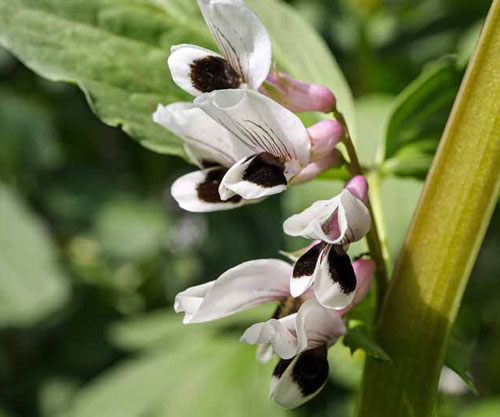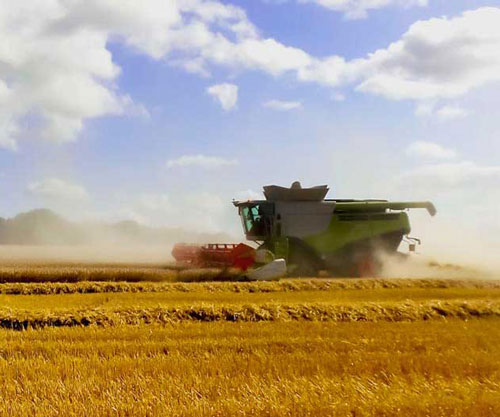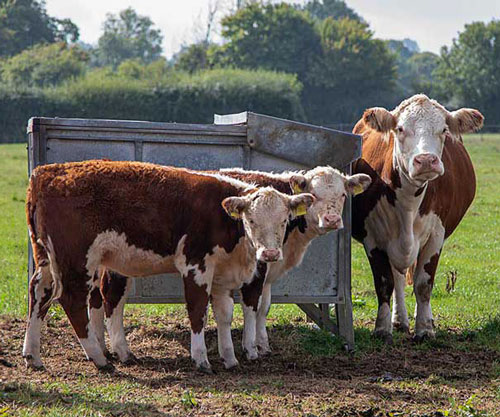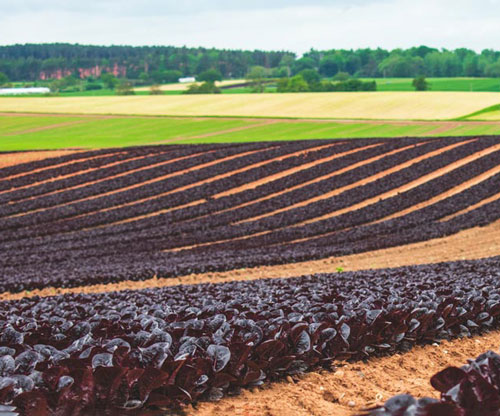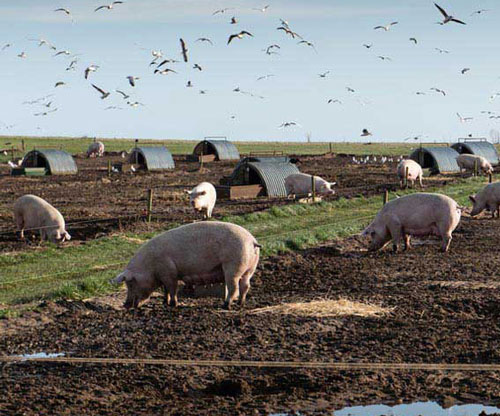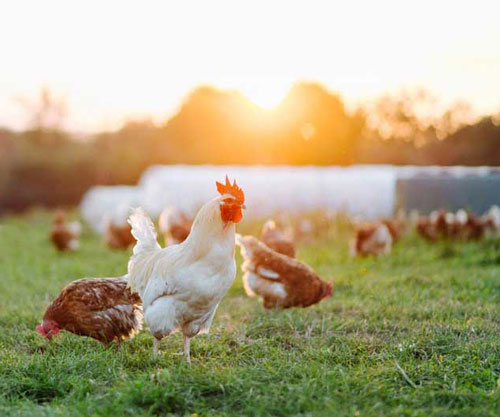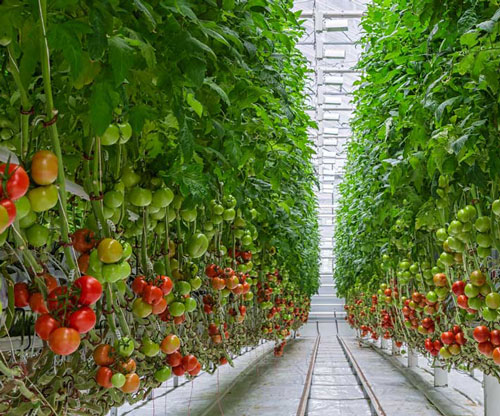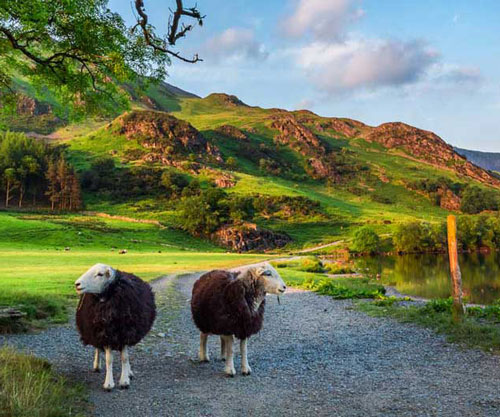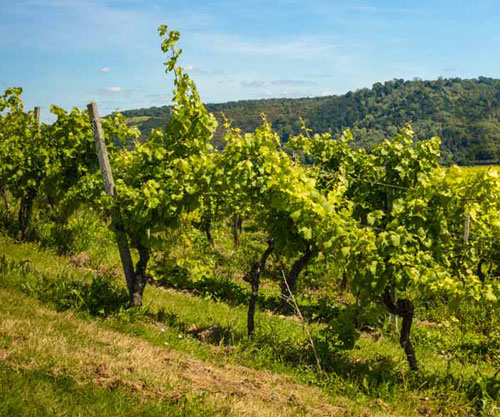About the industry
19 March: Site maintenance at 16:00 GMT today - if you are logged in at this time you will be logged out briefly.
About the industry
About the industry
From the huge, fertile fields of Norfolk, to the rich pastures of Gloucestershire and the craggy hills of Cumbria, farming is big business in England.
Around 8.9 million hectares (106 million acres) – or 69% of the country – is designated farmland.
Around 8.9 million hectares (106 million acres) – or 69% of the country – is designated farmland.
Click on our interactive map to find out more about farming and growing in each region in England.
Click on our interactive map to find out more about farming and growing in each region in England.
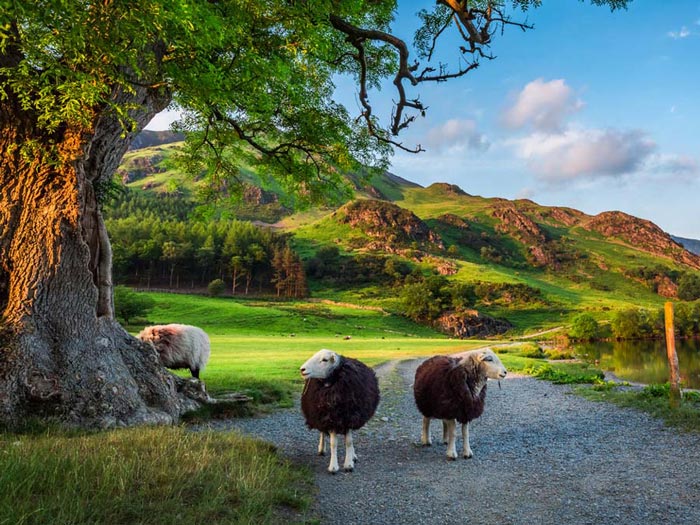
Farm businesses
About two-thirds of England's farmland is devoted to livestock farming, particularly cattle, with the rest used for crops, from cereals to vegetables and fruit.
In total there are around 105,000 farms in England, ranging in size from just five ha (12.4 acres) to 100 ha (247 acres) and above. Some are small, family-owned businesses, while others, especially arable farms, can cover huge areas and are owned by big businesses. Together, they employ roughly 300,000 people.
With such a variety of farms comes a huge range of roles and opportunities too. While many farm jobs involve outdoor work, there are lots of specialist areas too, from engineering or veterinary science to crop biology and even the financial side of farms.
In total there are around 105,000 farms in England, ranging in size from just five ha (12.4 acres) to 100 ha (247 acres) and above. Some are small, family-owned businesses, while others, especially arable farms, can cover huge areas and are owned by big businesses. Together, they employ roughly 300,000 people.
With such a variety of farms comes a huge range of roles and opportunities too. While many farm jobs involve outdoor work, there are lots of specialist areas too, from engineering or veterinary science to crop biology and even the financial side of farms.
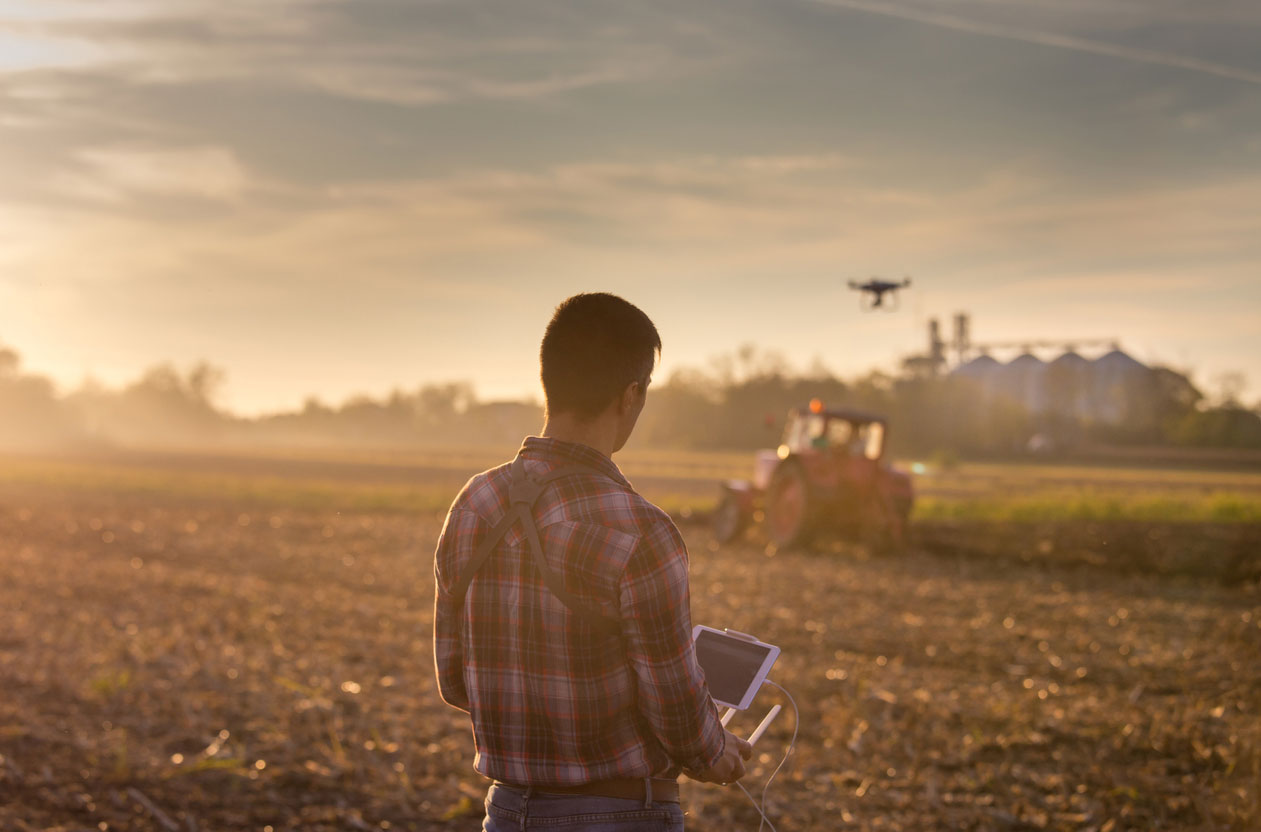
Environmentally-friendly farming
One of the most interesting and important issues in English farming is the push to tackle the climate emergency. This has led to the introduction of many exciting programmes, including subsidies to protect wildlife, and new ideas about making livestock farming more environmentally-friendly.
Farming is a dynamic sector at the forefront of new technology. Innovations are helping farmers work with nature and the sector offers exciting a host of new career opportunities. Drones and robots are making farms more efficient, helping them reduce their use of chemical inputs and optimise their use of water.
Scientific breakthroughs are also helping to produce animals which are more resistant to disease and require less medicines.
Farming is a dynamic sector at the forefront of new technology. Innovations are helping farmers work with nature and the sector offers exciting a host of new career opportunities. Drones and robots are making farms more efficient, helping them reduce their use of chemical inputs and optimise their use of water.
Scientific breakthroughs are also helping to produce animals which are more resistant to disease and require less medicines.

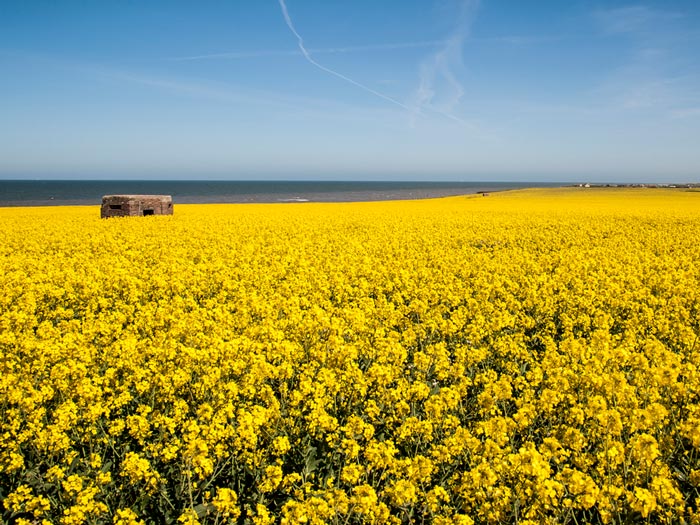
Farming types
There are two main types of farming in England: growing crops and raising livestock, both of which require skills and knowledge about how to cultivate the land. This could mean producing high-quality grazing, or rich soils capable of supporting a whole range of crops.
It often involves using chemicals and machinery to improve production. Farms also produce raw materials including wool, leather and timber, and some operate side businesses, such as farm shops and holiday lets.
It often involves using chemicals and machinery to improve production. Farms also produce raw materials including wool, leather and timber, and some operate side businesses, such as farm shops and holiday lets.
Sectors of UK farming and growing
There is a huge variety in the produce, techniques and skills used across farming and growing in England. As such, the sectors each have their own peak periods, where workloads peak. We've looked at the year in farming and growing to help you understand more about the critical tasks these sectors face each year.
There's a fast-growing market for proteins which don’t come from meat or dairy products.
Arable farming dominates in Norfolk, Suffolk and Lincolnshire, where soils are fertile and the landscape is flat.
Beef farms thrive in the West and South West as the milder climate there produces richer grass.
While lush grass fields are often thought of with dairy cattle, technology is increasingly important in the sector.
A huge variety of vegetables destined for the dinner plate are grown in fields across England.
England has a great reputation with fruit, with a rich heritage of orchards, nurseries and pick your own farms.
England also has around 1,700 pigs farms, with a concentration in Yorkshire and Humberside.
Poultry farming is a huge sector, with more than 141 million birds kept on farms across England.
Some delicate crops are grown in a controlled environment, protecting them from changes in weather.
Sheep farming tends to take place in the hills of the North and North West, as the terrain is unsuitable for crops.
The changing climate presents an opportunity for some growers to start their own wine-making business.
